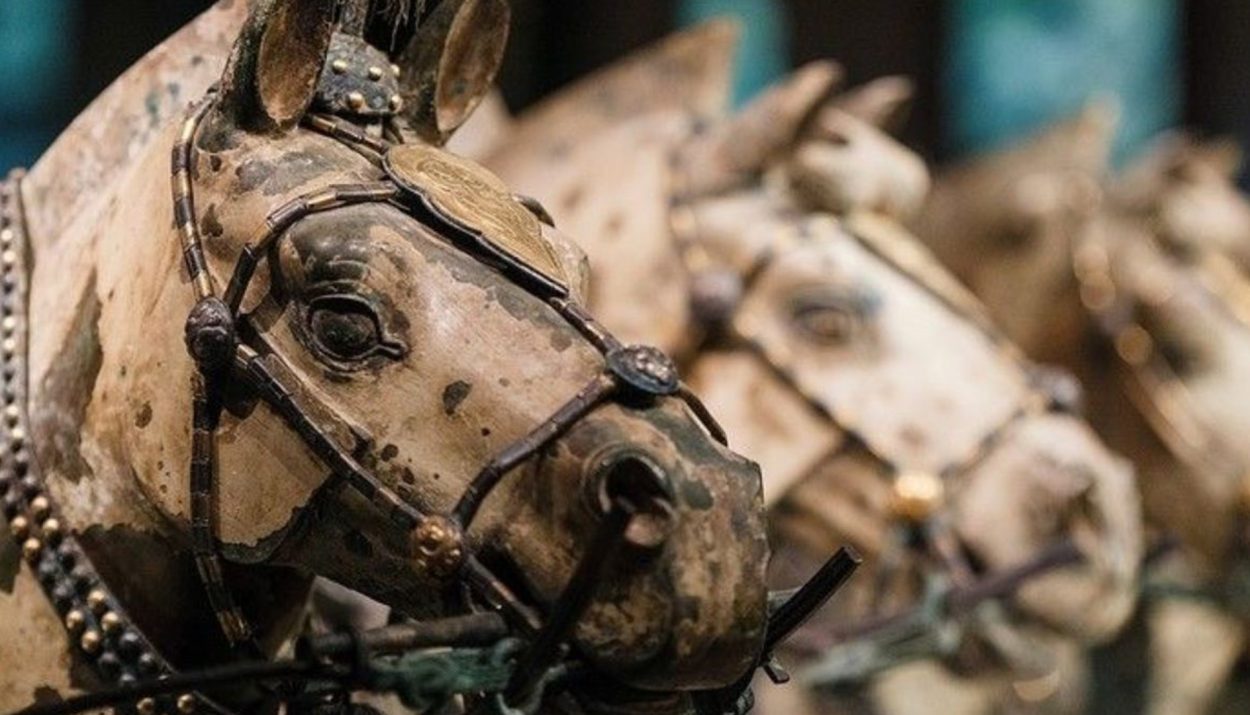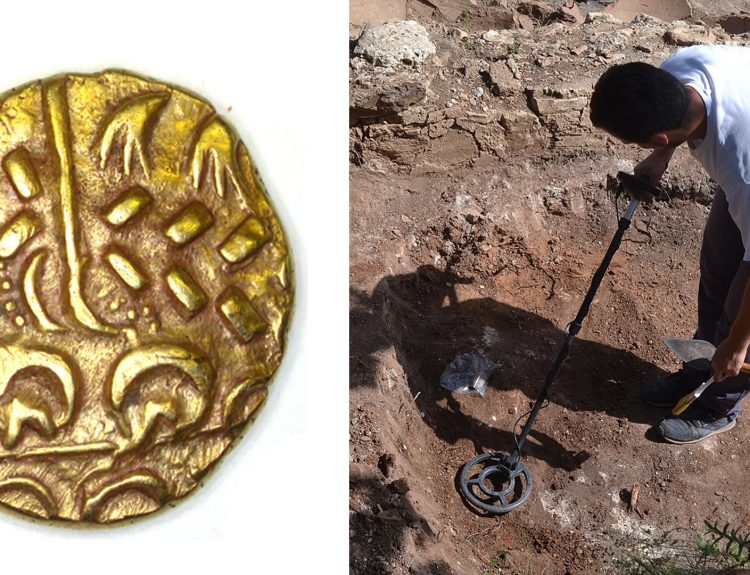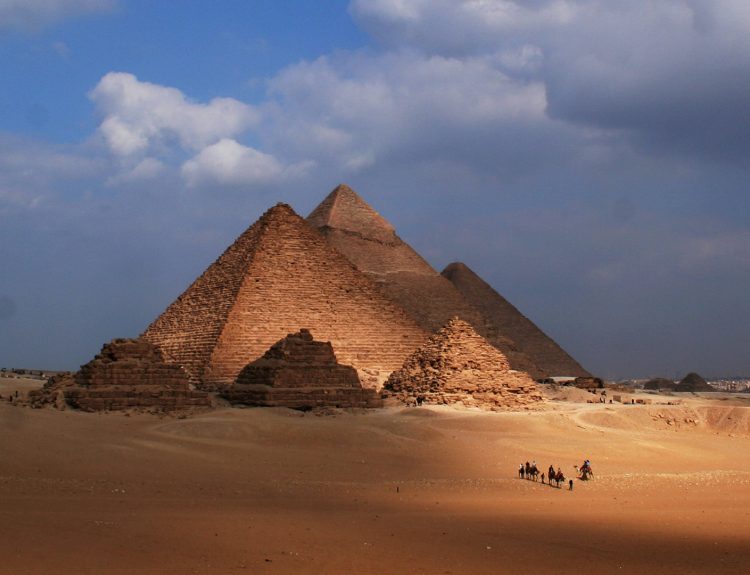Humans and animals have coexisted for millennia. Dogs were the first animal domesticated, around 15,000 years ago, and ever since then, humans have found ways for animals to be a part of our lives. It’s understandable to have an attachment to a beloved pet or another, but some historical figures take their relationships with their animals even further, to the next level.
Animals Have Been Domesticated for Centuries
Domesticated animals held different roles in ancient cultures, depending on location. Animals like cows and goats were well-loved and cared for due to their useful output of milk and cheese. Birds were useful for eggs, and could be slaughtered and eaten after their egg-laying days as well.
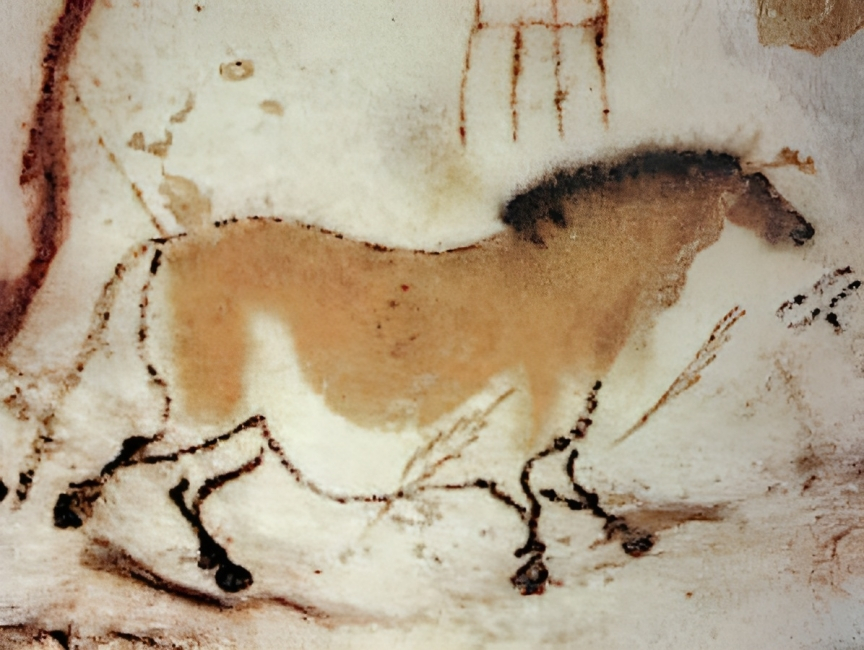
Pack animals such as horses, though, held a special place in cultures such as China and Russia. Horses were useful in war, travel, and agriculture, and in Chinese culture, also served as a symbol of high status. Only those who could afford to feed and house horses were able to keep them, allowing for one particular separation of classes.
One Leader Had an Affinity for Horses
One particular ancient ruler of China had a special love for horses. Duke Jing of Qi was the ruler of the northeastern Qi state in ancient China from 547 to 490 BCE. He was the son of Duke Ling of Qi’s concubine, which was a status that should have meant that he never held the throne of Qi in the first place.
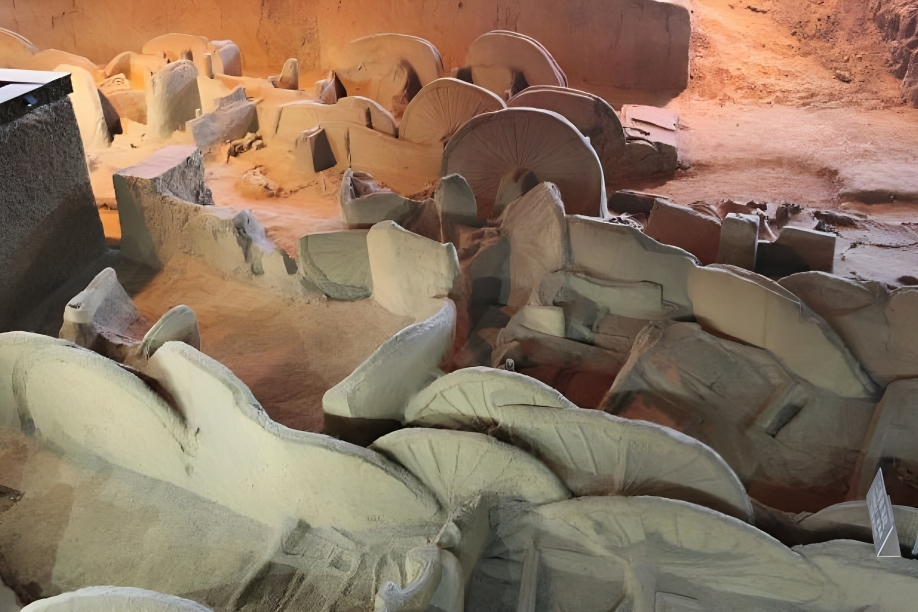
Jing was not the first in line for the role. After his father died in 554, Jing’s half-brother Duke Zhuang ascended to the throne, which was the proper line of succession. Zhuang, with the support of a powerful minister, proceeded to kill the Crown Prince in an attempt to secure more power for himself.
A Fatal Mistake for Zhuang
Unfortunately for Zhuang, his hubris outweighed his power. In the process of amassing power for himself, he made a crucial mistake. The minister who had helped him kill the Crown Prince, Cui Zhu, had a wife who Zhuang decided to pursue, and ultimately have an affair with.
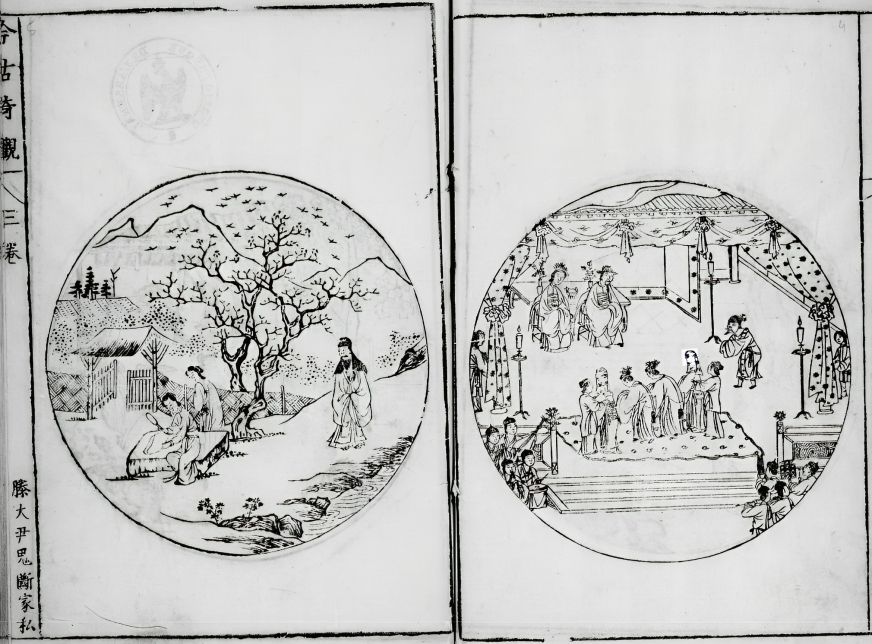
When Zhu found out about the affair, he was understandably furious at both Zhuang and his wife. He proceeded to murder Zhuang for pursuing his wife in an understandable act of revenge. The day after Zhuang’s death, Cui appointed Jing as the new Duke of Qi, allowing him to ascend to a throne that he had never intended to hold.
Jing’s Rule Was Not An Easy One
Jing’s turn as Duke of Qi was punctuated with unrest. Shortly after he was assigned the role, Cui’s sons fought each other for control of the throne, and were ultimately slaughtered by another ambitious would-be ruler. Cui and his wife ultimately committed suicide, and the usurper, Qing Feng, took over.
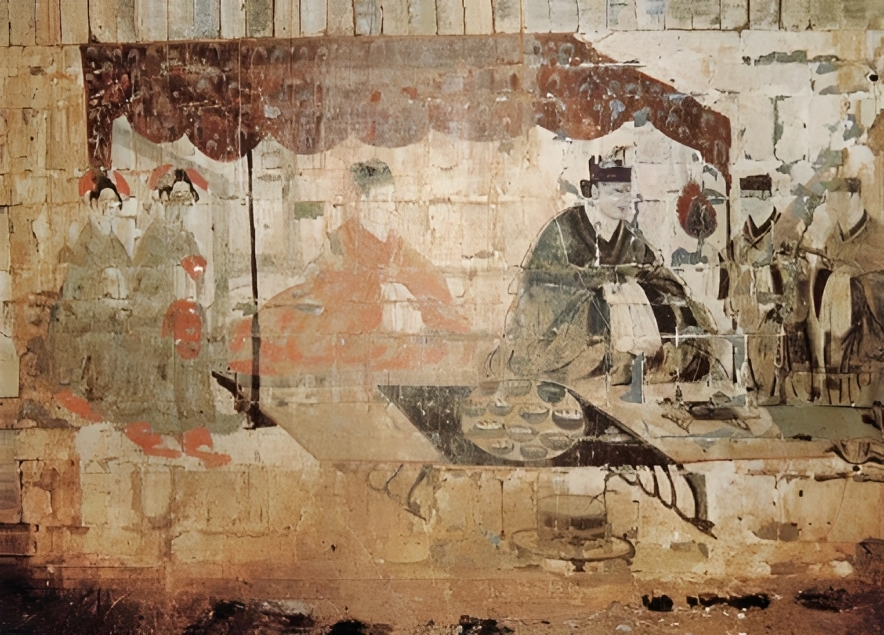
Qing Feng’s rule was also short, and punctuated with violence. After a dispute with his son and heir, other Chinese clans worked together to attack the Qing clan, causing Qing Feng to flee to a nearby state. In order to calm the waters, Jing assigned the philosopher Yan Ying as the Minister of Qi, ushering in a state of prosperity.
Quite a Legacy Left Behind
Jing died after over fifty years as ruler of Qing, leaving the legacy to his youngest son. One of his son’s older brothers revolted and took the throne back, killing his younger brother in the process, and he became known as Duke Dao of Qi.

His lengthy rule over Qi is memorable in the history books, but his burial location was hidden for a long time. It wasn’t until the mid-20th century that his tomb was discovered in the modern state of the Shandong Province, just northeast of the ancient Qi capital, Linzi.
Jing’s Tomb Held a Surprise
The site was first discovered and excavation began in 1976, and the discovery continued until it was halted in 2003. The tomb itself is remarkable, an enormous space filled with thousands of treasures that speak of a time millennia ago. But the artifacts aren’t the most remarkable part of Jing’s tomb.
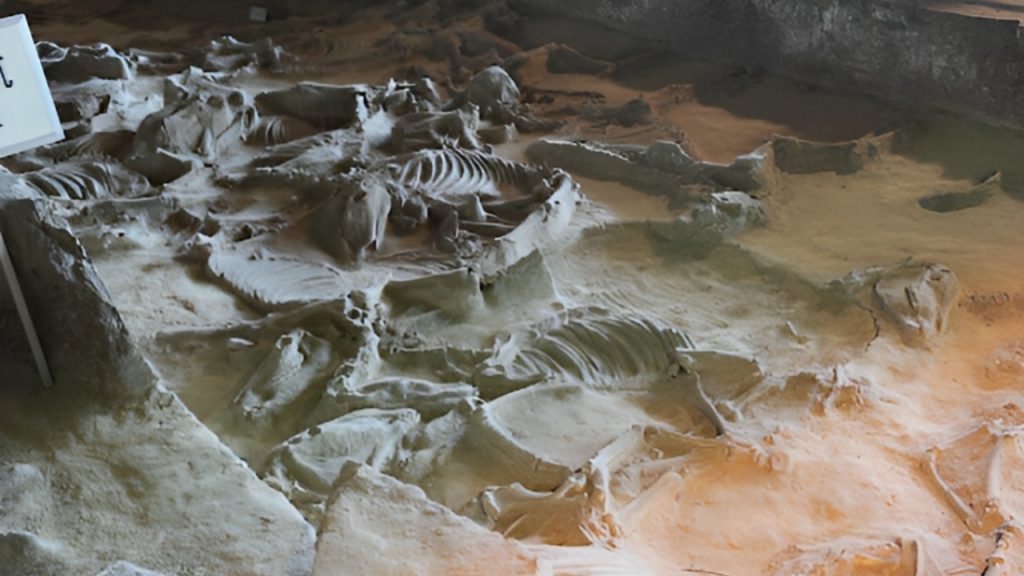
Alongside the artifacts in the tomb were the corpses of almost 150 horses that were slain, and laid to rest alongside Qi. The tomb has not been fully excavated and archaeologists believe that as many as 600 horses could have been buried in the tomb alongside the ruler, making this the largest site of sacrificial horse burial yet discovered.
The Horses Were Not Alone
According to dating, the horses were all between the ages of 5 and 7 when they were killed and laid to rest. It is believed that they were killed by a strike to the head after being fed enough alcohol that they fell unconscious, allegedly to alleviate the suffering of the animals that were being sacrificed.
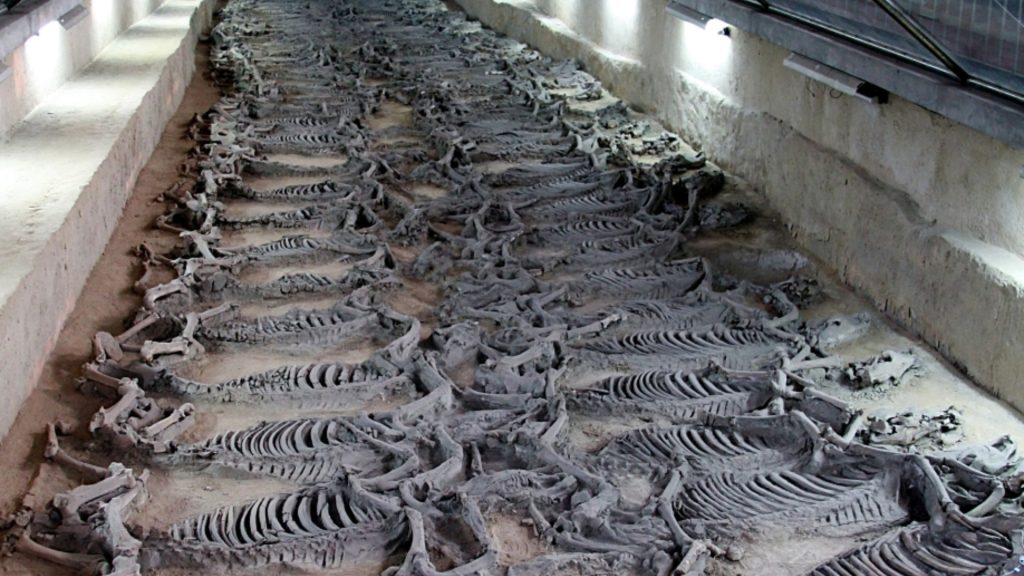
The horses were not the only sacrificial animals that were found in the tomb with Jing, though. The corpses of 30 sacrificial dogs, two pigs, and six other domesticated animals were found alongside the horses. Jing may have had a special affinity for horses, but they were far from the only special animal that was sacrificed to accompany him into the afterlife.
An Important Discovery for Modern Day
The discovery of the sacrificial horses is an odd one to modern sensibilities, but to the ancients, this was common practice. Jing’s burial site was such an important discovery that it is now protected as a National Historical and Cultural site, and even has a museum built on it to educate visitors about Jing and his rule.

It’s a fascinating look into ancient life and the practices that ancient Chinese people held dear. Jing’s rule may have been one of conflict and political tension, but the size of his tomb and the importance of his burial site makes it clear that he was an important and beloved ruler of his people, and of the time. Preserving his legacy, no matter how odd, is the least that modern historians and the curious can do.

